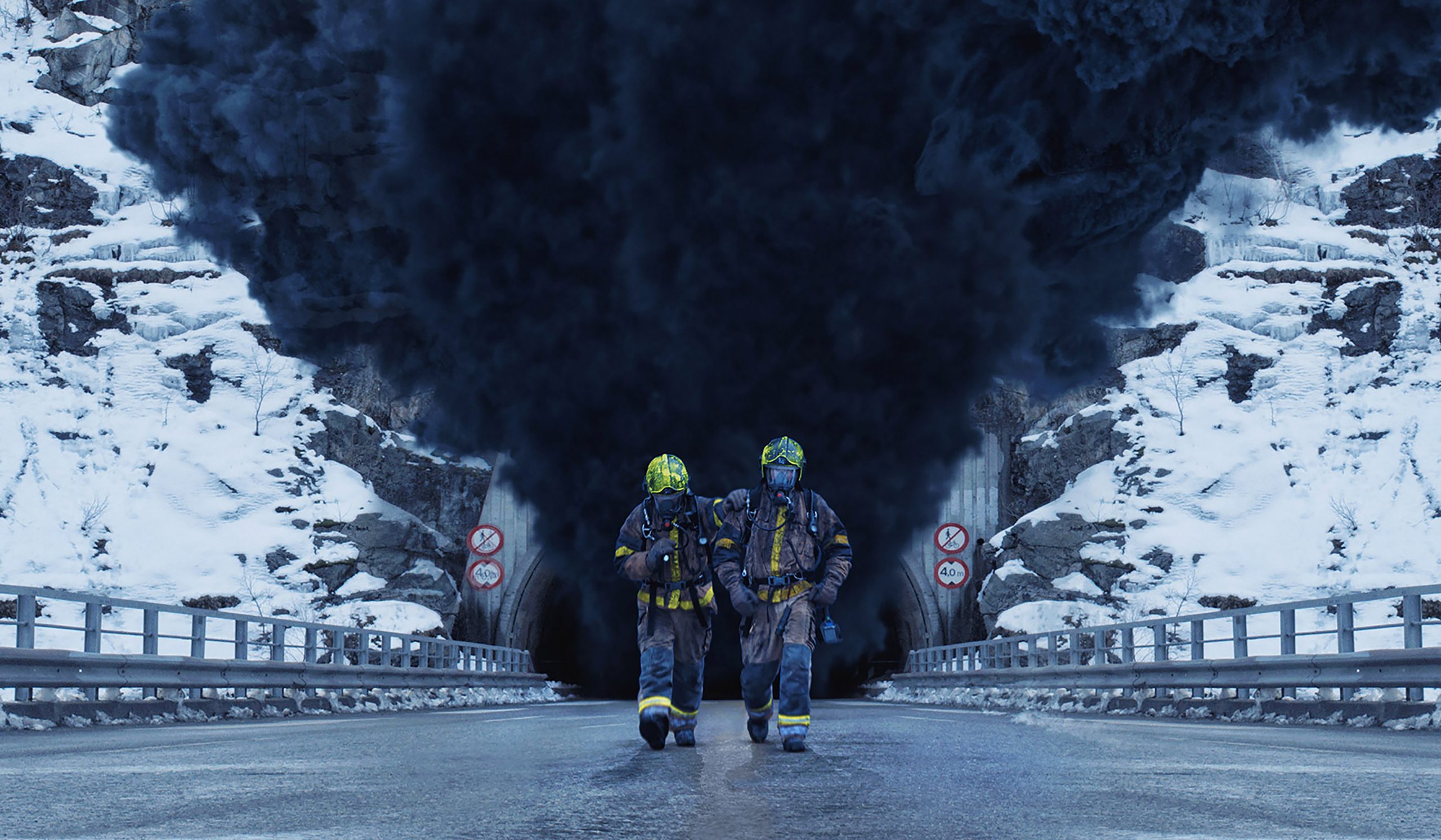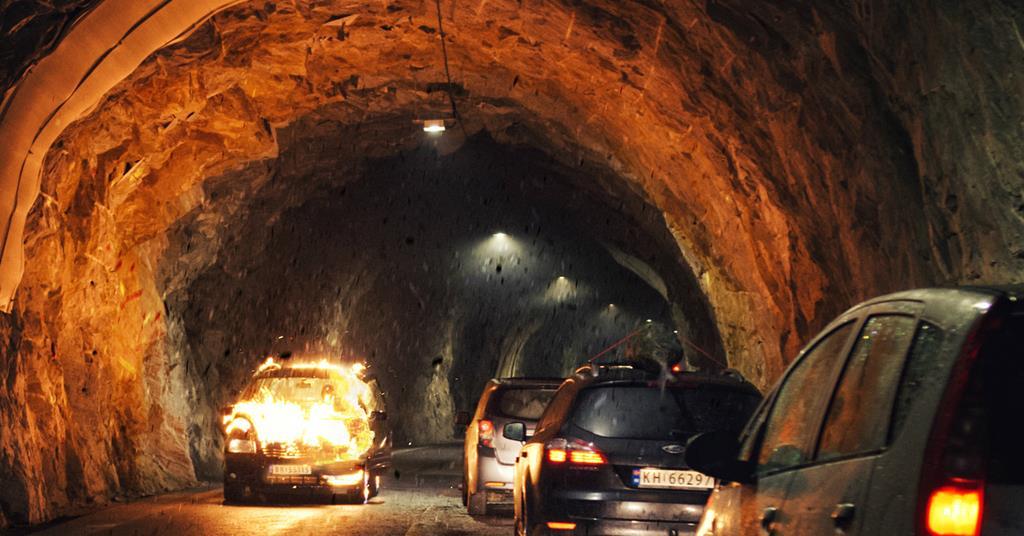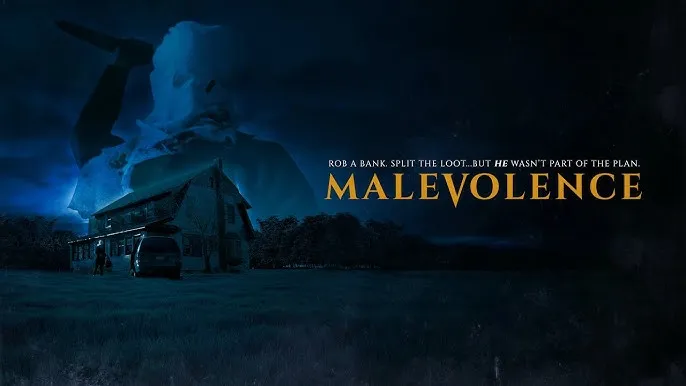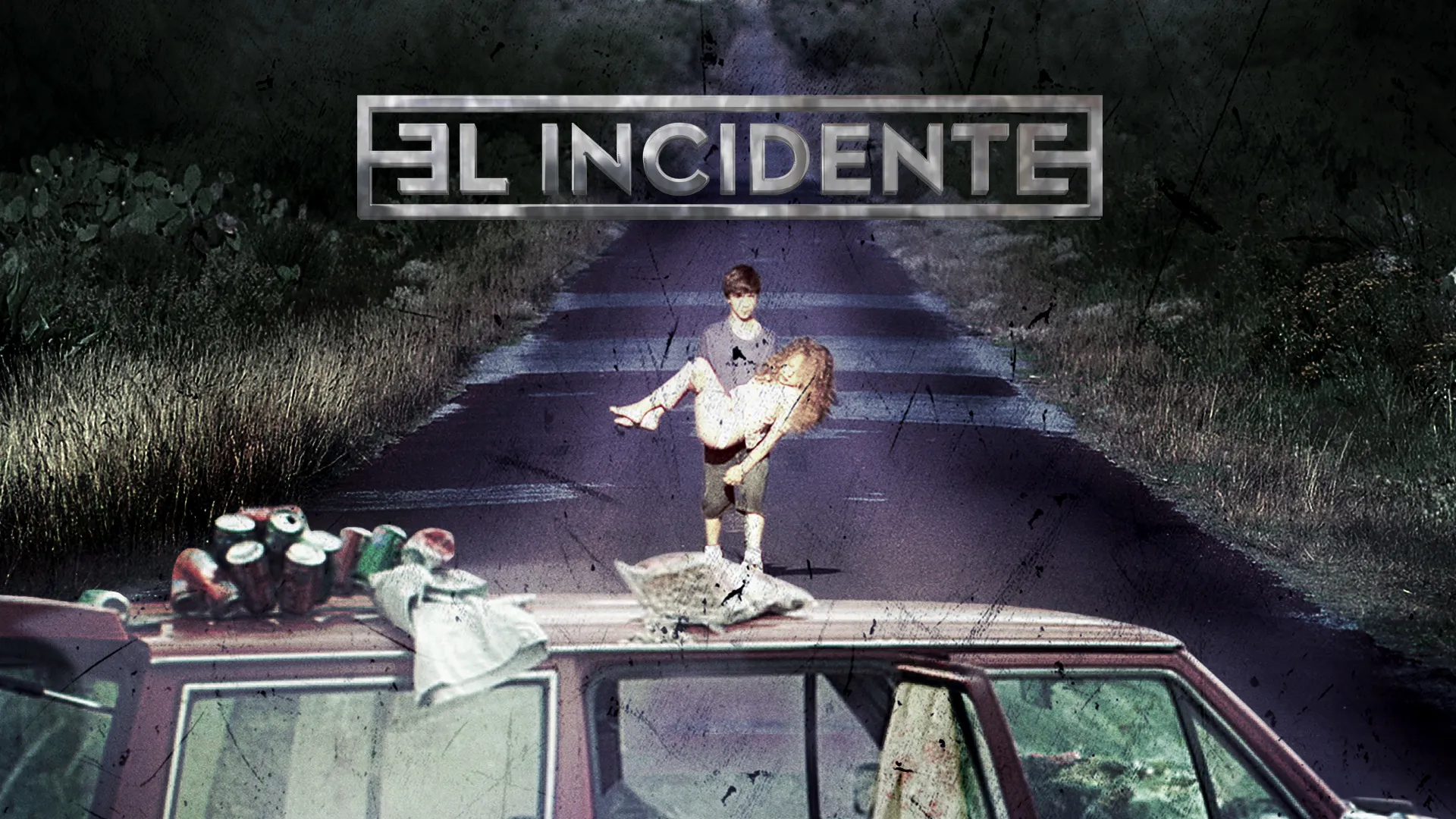The Tunnel (2019), directed by Pål Øie, is a Norwegian disaster thriller that delivers a suspenseful and emotionally charged story grounded in realism and human empathy. Set against the harsh, icy backdrop of rural Norway during the holiday season, the film follows a group of everyday people caught in a terrifying tunnel fire. With its intimate storytelling and grounded visuals, the film shifts the genre away from large-scale Hollywood spectacle and into something more raw, human, and quietly harrowing.
The film begins with the introduction of Stein, a widowed highway rescue worker living with his teenage daughter Elise. The father-daughter relationship is central to the story, shaped by grief, distance, and subtle care. As the Christmas holidays approach, Elise travels by bus to meet her father for a quiet celebration. But fate intervenes when a catastrophic vehicle explosion causes a fire inside one of Norway’s many mountain tunnels—cutting her off and trapping dozens of people inside with toxic smoke and crumbling infrastructure.

The plot escalates quickly as the tunnel transforms from a functional passageway into a pitch-black, smoke-filled death trap. With communication severed and rescue operations delayed by weather and bureaucracy, Stein races against time to save his daughter and others, descending into the darkness with only basic tools, limited visibility, and a heart full of fear.
The film’s power lies not in blockbuster destruction, but in its restraint. The tension comes from the atmosphere: narrow spaces, minimal light, muffled screams, and the panic of not knowing where to go. Rather than focusing on one main villain, The Tunnel pits its characters against fire, smoke, fear, and the failure of preparedness. The lack of a dramatic score in key scenes leaves silence to do the heavy lifting, creating a claustrophobic tone that mimics what the victims are experiencing.
The emotional core of the film is the father-daughter bond. Stein’s journey into the tunnel is less about heroism and more about love and responsibility. As he pushes through fire and rubble, the flashbacks to his wife's death make clear that this isn't just about survival—it's about redemption. Elise, meanwhile, is not just a damsel in distress. She is clever, alert, and deeply human in her reactions. Her panic, hope, and will to survive anchor the audience’s own emotional experience.

Supporting characters—other travelers caught in the fire—add depth and realism. There’s a mother trying to shield her child from smoke, elderly couples holding hands in fear, and ordinary citizens who make small, meaningful choices that reveal the best and worst in people when chaos reigns. None of them are superheroes, and that’s what makes their fear and bravery resonate more powerfully.
Visually, the film is stark and effective. The dim lighting and minimal special effects enhance the sense of realism. There’s no glossy CGI fireball; instead, the camera sticks close to the characters, mimicking body-cam panic. The audience feels trapped with them. The tunnel itself becomes a character—cold, collapsing, and hungry.
Thematically, The Tunnel explores several ideas: how infrastructure failures can have deadly consequences, how ordinary people react to crisis, and how unresolved grief can push someone to face death without hesitation. It’s also a quiet commentary on trust in institutions—how prepared are governments, really, for sudden disaster? And who suffers when those systems break down?

As for weaknesses, the film’s pacing may feel slow for those expecting a high-octane action thriller. It takes its time setting up characters, which some may find excessive. The story is also highly localized—non-Norwegian viewers might miss nuances tied to the setting or culture. Still, these are minor issues in a film that knows exactly what it wants to be.
The Tunnel doesn’t try to reinvent the disaster genre—it strips it down to its emotional essentials. There are no overblown hero speeches, no melodramatic slow-motion rescues. There is fear. There is fire. And there is love—stubborn, terrifying, and unwavering love that refuses to let go in the face of death.
In the end, The Tunnel (2019) is not just a story of escape, but one of reconnection. When the smoke clears, what lingers most isn’t the sound of flames, but the beating heart of a father searching for his daughter in the dark.



